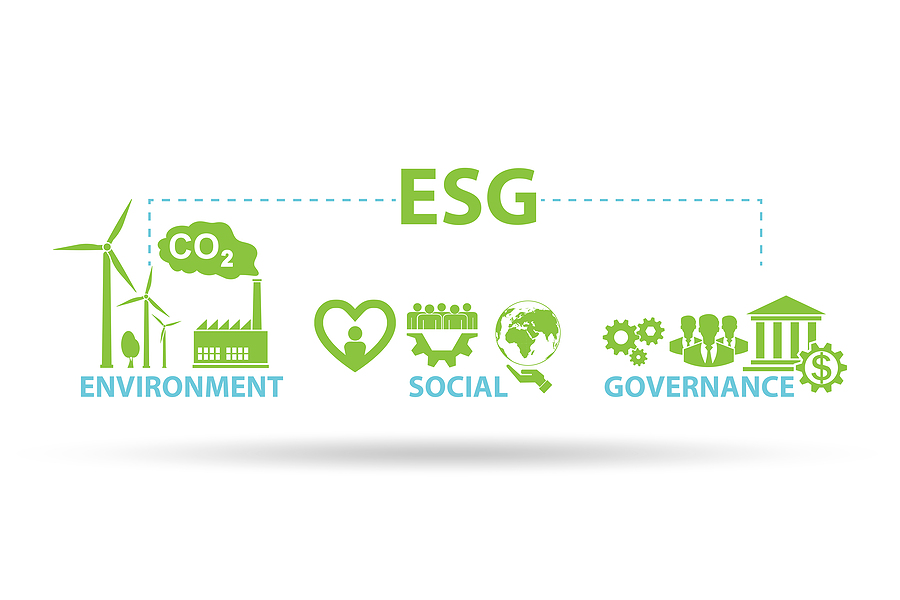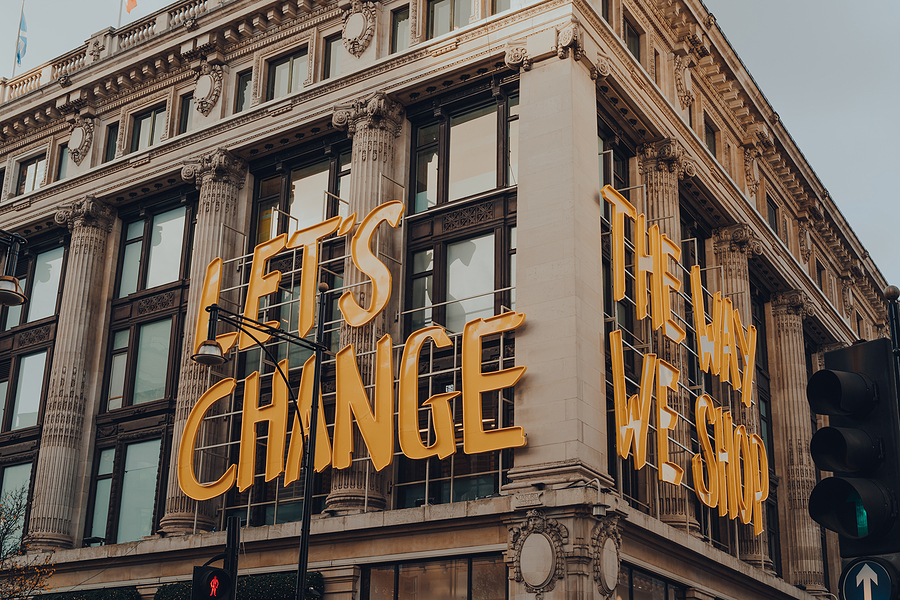
How to Build a Higher Purpose Brand
October 12th, 2021 Posted by Emergent Brand Design, brand marketing, brand messaging, brand strategy, Brand trust, Higher Purpose, Marketing Strategy, Strategic Planning, Transformation 0 comments on “How to Build a Higher Purpose Brand”“Want to have a more meaningful relationship with your users, then imbue your brand with deeper meaning.”
Ten years ago a culture shift reached the tipping point and changed the dynamics of brand building forever. Consumers acquired full control over brand engagement and became serial avoiders of overt self-reverential and promotional marketing outreach. Selling in its traditional form was no longer an effective path to interaction with users. Analytical messaging about brand recipes, ingredients and technology would not be enough to draw consumers close. The path to purchase irrevocably changed.
In the wake of this transformation in how brand-to-consumer relationships are created, emerged a new and more enlightened platform to drive brand marketing effectiveness called Higher Purpose Brand Building.
No longer is the marketing best practices game plan to be grounded solely in promoting product features and benefits. Still as 2022 draws near and strategic planning is in high gear, we still see vestiges of old-school thinking that follows the “if you build it, they will come” marketing methodology. Higher Purpose brand strategy remains underleveraged in CPG and retail categories.
Here we will provide insight into purpose-built brand practices and how best to define this anchoring platform that will positively impact every aspect of how your organization does business and how you communicate in the marketplace.
What happened, why purpose matters
It is the intersection between need and passion where people will find affection and the basis for a relationship with your brand. It is expressed this way because the world has changed and relating to a brand is now fundamentally the same thing as relating to a person.
The digital environment we are doing business in abruptly ended effectiveness of interruption-style marketing. At the same time, consumers evolved as purchasing motivation moved closer to a symbolic act and signaling of what people want the world around them to know they care about, their values and beliefs.
As such sustainable brand relationships are now built on admiration and trust – and that insight, properly executed, can deliver significant financial premiums.
- Purpose-built brands represent goodwill that can be isolated as a component of business value.
- They can deliver higher margins, traffic.
- They also work to reduce the cost of promotion, improving ROI and bottom-line performance.
How? Because real purpose creates the opportunity for transcendence – the state of being admired – where consumers “join” your brand as members, not merely customers.
In order to build a more sustainable brand, you have a responsibility to push added meaning, trust and belief to the forefront of the consumer relationship. Said another way, you have to stand for something important in your users’ lives. A higher purpose defines your business’ true north and reason you exist. It should be a deeper and more lifestyle relevant concept that reaches beyond making or retailing high quality products.
Goes without saying maximizing business growth and profit is not a purpose. A real, human-relevant, and unselfish purpose is a purpose – and in the long run devotion to it will indeed maximize financial outcomes.
How to create a purpose-informed brand
This is an effort to codify your brand’s inner self. It’s vital to invest in this process because the marketing game has shifted completely from command and control (persuasion around overt feature/benefit selling) to the Relationship Building Era.
The goal of higher purpose planning is to anchor your brand in a new and deeper understanding of its mission – and in doing so provide a cohesive guide for all go-to-market tools and strategies.
Mapping brands on the relative strength or absence of Purpose bona fides can help bring added context to evaluating what best practices should look like in the competitive set. Here are four primary conditions that inform where brands might exist on strength of their Purpose plan.
Limited – province of brands that struggle with flat to declining sales, and who command little respect or trust from the consumer.
Reluctant – brands that have limited respect and generate little emotion, but whose pricing strategy or competitive advantage trumps consumer reticence.
Emotional equity – brands that maintain respect in spite of concept limitations, transactional marketing behaviors, higher prices or other competitive disadvantages.
Sustainable – more enlightened businesses that understand brand relationships work on the basis of true, authentic reciprocity and humanity – and are not superficial, opportunistic or purely transactional.
The depth of your brand mission and purpose can range from obvious and somewhat superficial to something altogether deeper and more engaging. To help you strive for the latter consider this basic premise:
- If your brand were to disappear from the face of the earth tomorrow, would anybody but financially-interested parties truly care? Said more succinctly: is brand advocacy now a more important and relevant goal than loyalty? YES it is.
The further along the ‘help over hype’ continuum the concepts gets, the more transformational. If we’re looking at how best to leverage core purpose, then it will of necessity become the heart of everything your company does, informing marketing, hiring, sourcing, operations and communications.
The primary components of higher purpose thinking include:
Why (does your company and brand exist):
- We exist to help people ___________________________________________________.
How (you deliver on our mission):
- We deliver tools, guidance, insight and education to ____________________________.
What (business are you really in):
- Our company and brand provides ____________________________________________.
Your Brand Stand
Out of the analysis and evaluation of why your business exists and what you stand for comes a statement we refer to as the Brand Stand. It is an anchoring expression of your higher purpose that informs company decisions and behavior. It is remarkable what happens internally when this work is done to create and codify values and beliefs. Employees and other stakeholders rally to the mission.
The principles and purpose become an anchoring lever for the organization and immediately changes the dynamics of marketplace communication to create more powerful and impactful social, earned, paid and content strategies. Your brand voice acquires more impact and emotional gravitas. You are giving users something to believe in, a deeper meaning and reason to be engaged with you.
As stated earlier the outcome of this is greater efficiency and effectiveness for your investments in brand marketing because it is not dependent on tonnage of media spend.
You are no longer competing on technical specsmanship which is more difficult to sustain and defend, instead your brand’s value proposition rises above legacy category tropes.
If you are interested in learning more about Higher Purpose Brand Building you can access our guide here: https://bit.ly/HigherPurposeStrategies
Looking for more food for thought? Subscribe to the Emerging Trends Report.
Bob Wheatley is the CEO of Chicago-based Emergent, The Healthy Living Agency. Traditional brand marketing often sidesteps more human qualities that can help consumers form an emotional bond. Yet brands yearn for authentic engagement, trust and a lasting relationship with their customers. Emergent helps brands erase ineffective self-promotion and replace it with clarity, honesty and deeper meaning in their customer relationships and communication. For more information, contact [email protected] and follow on Twitter @BobWheatley.




